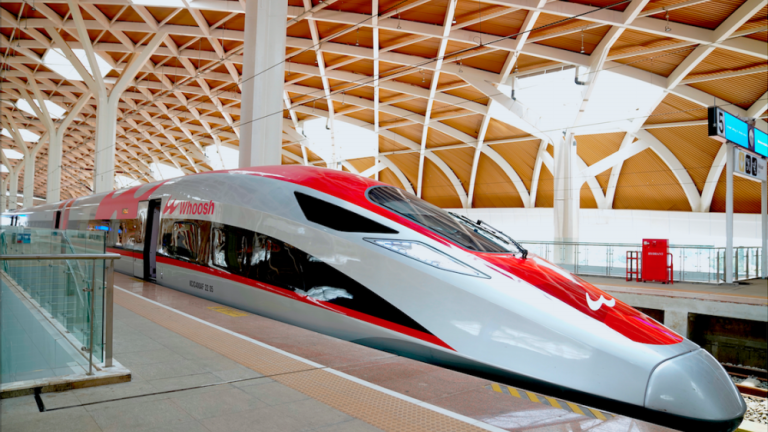PETALING JAYA: Malaysia is ranked fourth among 17 economies in an assessment comparing the economy’s competitiveness as a manufacturing hub, which is ahead of countries in Asia such as China, Japan, Vietnam and India, according to a joint study by KPMG and The Manufacturing Institute in the US entitled “Cost of Manufacturing Operations Around the Globe”.
The study indicates that Malaysia’s ranking on the Cost of Doing Business (CoDB) Index results from high scores on the Primary Cost Index where Malaysia emerged at the top of the chart, tied with China, Mexico and Vietnam. The country had outperformed on three factors: hourly compensation costs, real estate costs and corporate tax rates.
However, Malaysia is ranked 11th on the Secondary Cost Index, dragged down by quality of labour, infrastructure (mainly the utility component) and risks & protection. US topped the Secondary Cost Index.
“While primary costs drive investment decisions, secondary cost factors are important – these are driven by government policies. It’s crucial for the Malaysian government to continue its efforts to strategically improve the secondary factors, in particular quality of labour and infrastructure, to remain competitive,“ KPMG in Malaysia managing partner Datuk Johan Idris (pix) said in a virtual media briefing on Tuesday.
The study provides a current assessment of how the manufacturing sector in the US compares in competitiveness to its main trading partners. It evaluates 23 cost factors that impact the cost of operations (CoDB) of a business conducting manufacturing operations in the US relative to 16 other countries that are leading manufacturing exporters to the US.
These factors include costs that directly impact a firm’s bottom line (primary costs) and factors that impact overhead costs and the ability to operate efficiently, typically related to the business environment or ease of doing business (secondary costs). The overall CoDB Index scores are determined at equal weightage of the primary and secondary costs.
“For companies that want to set up a manufacturing hub, Malaysia is effectively one of the most promising countries for countries that want to come over and invest, especially now,“ Johan added.
Meanwhile, when changing the weight of the primary costs and secondary costs from equal (50%–50%) to 70%–30%, Malaysia would be ranked the number one most cost effective location in the CoDB Index.
“Malaysia continues to be a prime manufacturing hub for investors despite uncertainties in the current landscape. This is especially significant in our new reality, where operational stability and cost containment are central in every company’s long-term business survival,” said Johan.
Johan added that an immediate effect out of the Covid-19 pandemic has seen companies around the world relooking at their supply chains and a study by McKinsey estimates that 16 to 26% of global exports, worth US$2.9 trillion (RM12 trillion) to US$4.6 trillion, could move to new countries over the next five years if companies reshuffle their supplier networks.
“KPMG’s study proves that we have the factors in place to aid Malaysia in moving up the production value chain. It is by acting with agility and building on our resilience that we are able to maintain our competitive advantage and remain a preferred destination for high quality investments.”
InvestKL CEO Muhammad Azmi Zulkifli said Malaysia offers a thriving ecosystem for companies looking to locate their operations. There is a strong focus on advance manufacturing and services which aims to push the industry up the value chain towards high-impact, high-tech and sustainable activities.
He said the agency has been consistent is promoting investments into Malaysia, even now via virtual activities. Apart from attracting multinational corporations to invest in Malaysia, Azmi said InvestKL’s secondary focus is on creating high value jobs in Greater KL.













